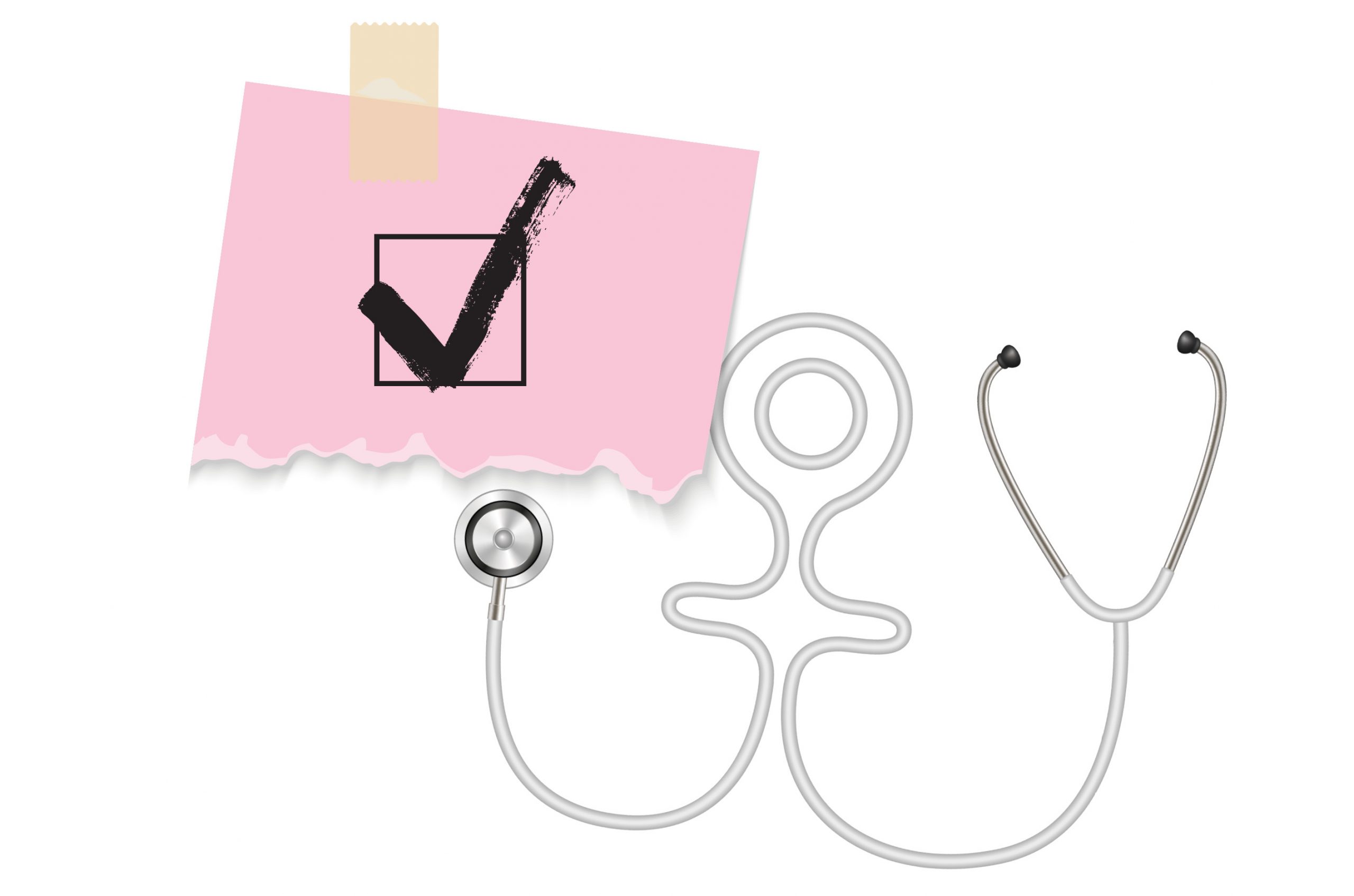Whether it’s regular exercise or a good diet, it’s important to make time for healthy habits. Scheduling regular health screenings should be a part of everyone’s wellness plan, and women especially have a long list of health care professionals they should visit regularly. We’ve got a breakdown of some important appointments to schedule and when.
gynecologist
when: The American College of Obstetricians and Gynecologists (ACOG) recommends that teenage girls start seeing a gynecologist between the ages of 13 and 15. Pap tests and pelvic exams usually begin at 21.
how often: The ACOG recommends a yearly well-woman visit, but it is no longer recommended that women receive a Pap test annually. Women between the ages of 30 and 65 who have had negative Pap test results in the past should get one every five years. It is not required for women over 65 with no history of precancerous cells or cervical cancer.
additional concerns: Changes in your period, approaching menopause, irregular bleeding, pain or discomfort
bone density scan
when: The U.S. Preventive Services Task Force recommends osteoporosis screening for women 65 and older.
how often: It depends on the result of the first scan.
additional concerns: If you are 50 or older, you may be at risk if you have broken a bone or have rheumatoid arthritis, a family history of osteoporosis, a history of heavy smoking or drinking, low body weight, Crohn’s disease or celiac disease.
→ While osteoporosis is more common in women, men also should consider getting a bone density scan around age 70.
mammogram
when: The American Cancer Society strongly recommends women undergo regular screening mammography starting at age 45. The National Breast Cancer Foundation recommends starting at 40.
how often: Annual tests are recommended until age 55, when women can transition to screening biennially if they choose. Women should continue to have mammograms as long as their overall health is good and they have a life expectancy of 10 years or longer.
additional concerns: If you have risk factors for breast cancer and are under 40, you should ask your health care professional if mammograms are advisable. Risk factors include family history and genetics, exposure to radiation before the age of 30, and some benign breast conditions.
dermatologist
when: It’s a good idea to start regularly seeing a dermatologist in your 20s. Skin cancer is the most common form of cancer in the United States, according to the Centers for Disease Control and Prevention (CDC). It is estimated that one in five Americans will develop it in their lifetimes, and it is the second most common form of cancer in females age 15 to 29.
how often: Make an appointment annually. Consider visiting in the spring or summer to consult on sun protection. You also may want to ask a dermatologist about eczema, acne, skin damage from aging, scar treatment, or specialized care for skin, hair or nails.
additional concerns: Changes in size, shape or color of a mole or other skin lesion, appearance of a new growth on the skin, a sore that doesn’t heal
other exams
- blood pressure screening: The American Heart Association recommends having your blood pressure checked every two years starting at age 20 if it falls in the normal range (below 120/80 mm Hg). If your blood pressure is higher, your doctor may recommend more frequent screenings.
- cholesterol check: The CDC recommends that healthy adults have their cholesterol screened every four to six years. People with heart disease, diabetes or a family history of high cholesterol should consult their doctors about how often they should have theirs checked.
- colon cancer tests: The American Cancer Society recommends regular screening for colon cancer starting at age 45. They suggest annual stool-based tests, a colonoscopy every 10 years, and a virtual colonoscopy and flexible sigmoidoscopy every five.








